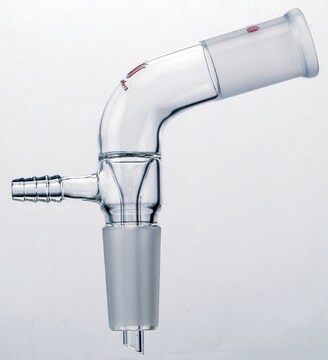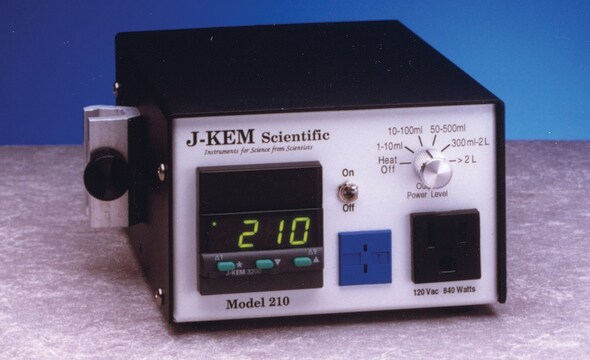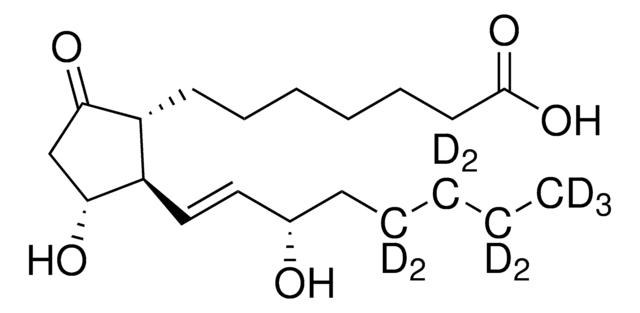822701
TSKgel® ODS-100V HPLC Column
phase C18 (octadecyl), L × I.D. 25 cm × 2 mm, 3 μm particle size
About This Item
Recommended Products
material
stainless steel
Agency
suitable for USP L1
product line
TSKgel®
manufacturer/tradename
Tosoh 22701
extent of labeling
15% Carbon, endcapped with bifunctional dialkylsilane
parameter
0-100% organic solvent
0.2 mL/min standard flow rate
10-50 °C temperature
300 bar max. pressure
technique(s)
HPLC: suitable
L × I.D.
25 cm × 2 mm
surface area
450 m2/g
matrix
spherical silica
matrix active group
C18 (octadecyl) phase
particle size
3 μm
operating pH
2.0-7.5
separation technique
reversed phase
Looking for similar products? Visit Product Comparison Guide
General description
Physical form
Legal Information
accessory
guard column
Choose from one of the most recent versions:
Certificates of Analysis (COA)
Sorry, we don't have COAs for this product available online at this time.
If you need assistance, please contact Customer Support.
Already Own This Product?
Find documentation for the products that you have recently purchased in the Document Library.
Our team of scientists has experience in all areas of research including Life Science, Material Science, Chemical Synthesis, Chromatography, Analytical and many others.
Contact Technical Service






